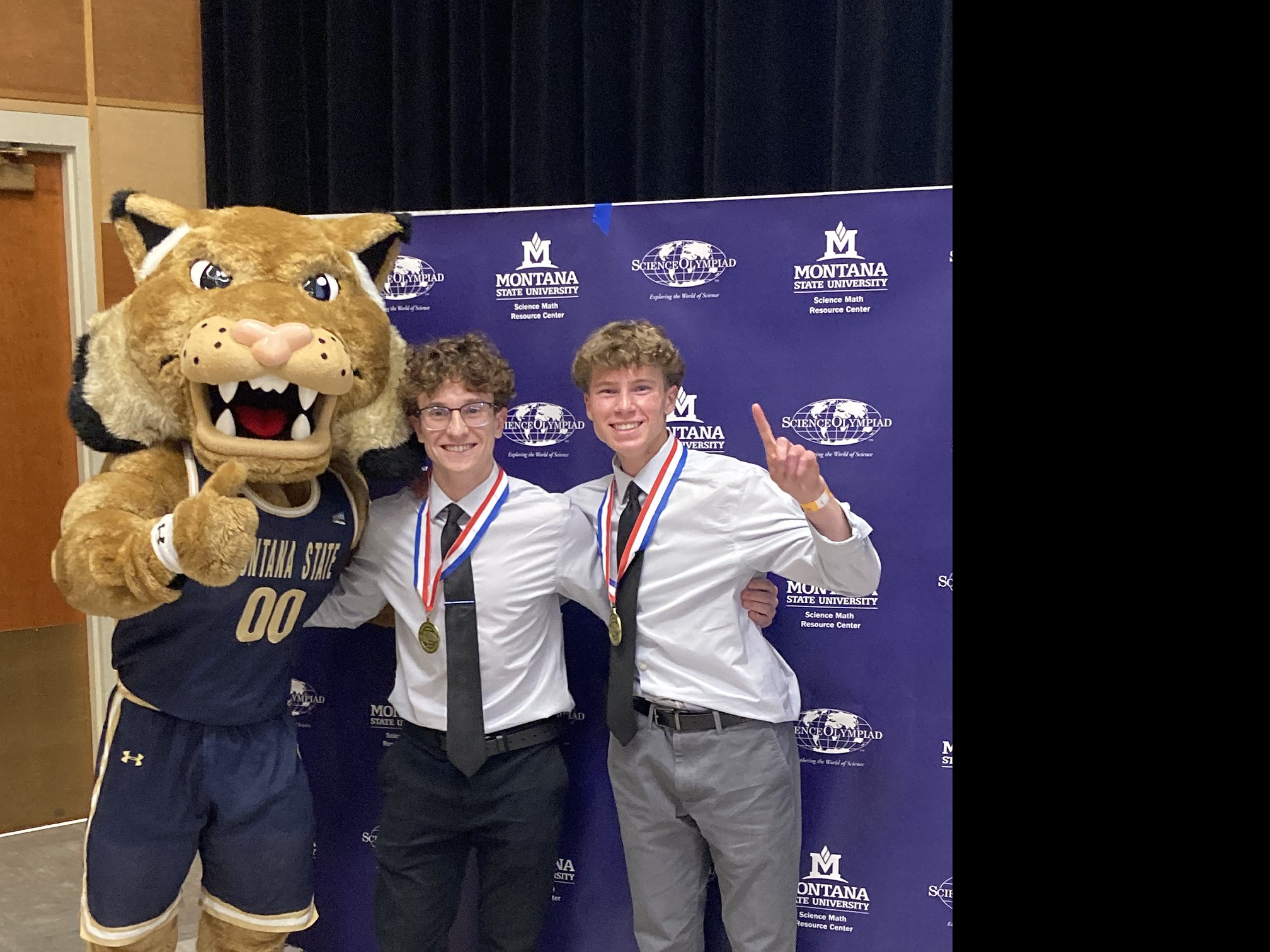Teacher looks to expand Science Olympiad program in schools
Agricultural science, anatomy, astronomy, chemistry lab, codebusters, experimental design, thermodynamics, forestry, fossils, microbe mission, optics, scrambler, wind power, and ‘write it - do it’ are some of the events Whitefish High School students competed in last spring at the state’s Science Olympiad held at Montana State University in Bozeman.
“There’s opportunities for all things STEM, but especially engineering and technology,” said Tait Rocksund, Whitefish High School science teacher. "Some events put built products to the test, while some involve laboratory work, some test knowledge, and many combinations of those.”
Founded in 1984, the Science Olympiad is the premier team-based STEM (science, technology, engineering and mathematics) competition in the nation, hosting a variety of competitions to 6,000 teams at 425 tournaments in all 50 states.
Rocksund said he hopes to fundraise at least $650 to support registration for two teams of 15 students next year. The goal is to expand the program to have a middle school team. The $325 fee for each team does not include additional teams nor travel expenses.
Rocksund said launching the program at the middle school level would be “cool to build enthusiasm. Then, we could have kids going to the Olympiad for up to six years until they graduate.”
Montana State University in Bozeman has hosted the state’s Science Olympiad since 1986, each year sending a top middle school and a top high school team to the National Science Olympiad.
“We worked on the classic tower event, which is hard in terms of prep. You have to build a tower with a minimum of three tests to put the tower to the test,” said Whitefish High School student John Dennis.
“We learned a lot about physics and also how to do practical things, like build with products and adhesives hands-on. It really helped us gain an understanding of engineering and architecture,” Dennis said.
Rocksund said that the tower team was building their tower all year prior to the Olympiad. “The scariest part was transporting it on the bus ride,” Rocksund said.
Beyond the competition, Dennis said he also gained experience in organizing ahead of the event.
“I worked on graphic design posters to promote the Olympiad. The dimensions were hard to create for an inverted DNA design I made. I had to learn how to be an illustrator with a lot of trial and error. But the process was important because I’m really passionate about graphic design,” Dennis said.
Student Jake Dunker said he and his teammate prepped for well over 20 hours just for the question-and-answer style microbiology event.
“We did a lot of open-ended studying to prepare. We asked our AP biology teachers a lot of questions. Some were advanced and they didn’t know all the answers, but we found them eventually,” Dunker said.
“We condensed 25 pages of information onto the allowed one page guide and made it the tiniest font size possible and brought a magnifying glass. But we ended up not even using it because we learned everything,” Dunker said.
Rocksund said that in addition to competing, at the event students get to tour MSU-Bozeman, attend the Museum of the Rockies, and connect with professors and industry professionals.
“I only got interested in science last year, and now I'm very into microbiology, especially infectious diseases. It would be beneficial to have the Olympiad for middle schoolers too to give them more of a kick start,” Dunker said.



